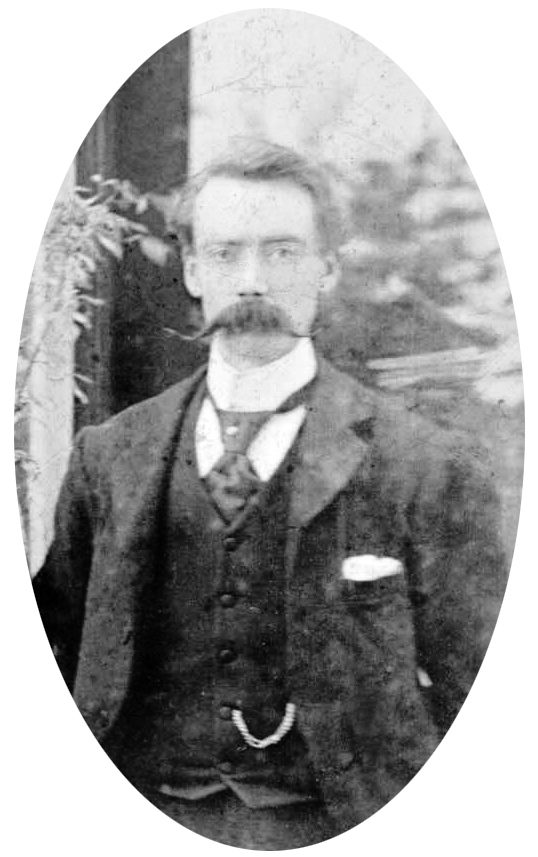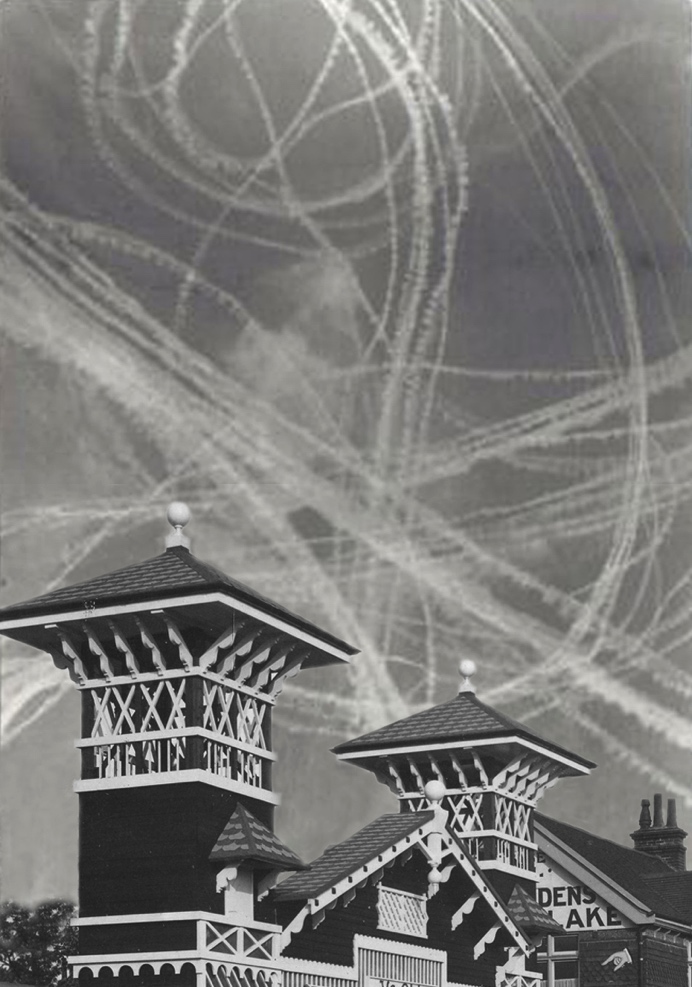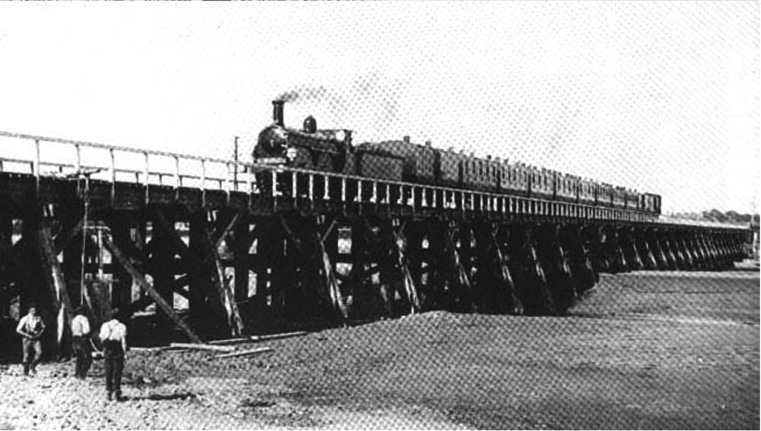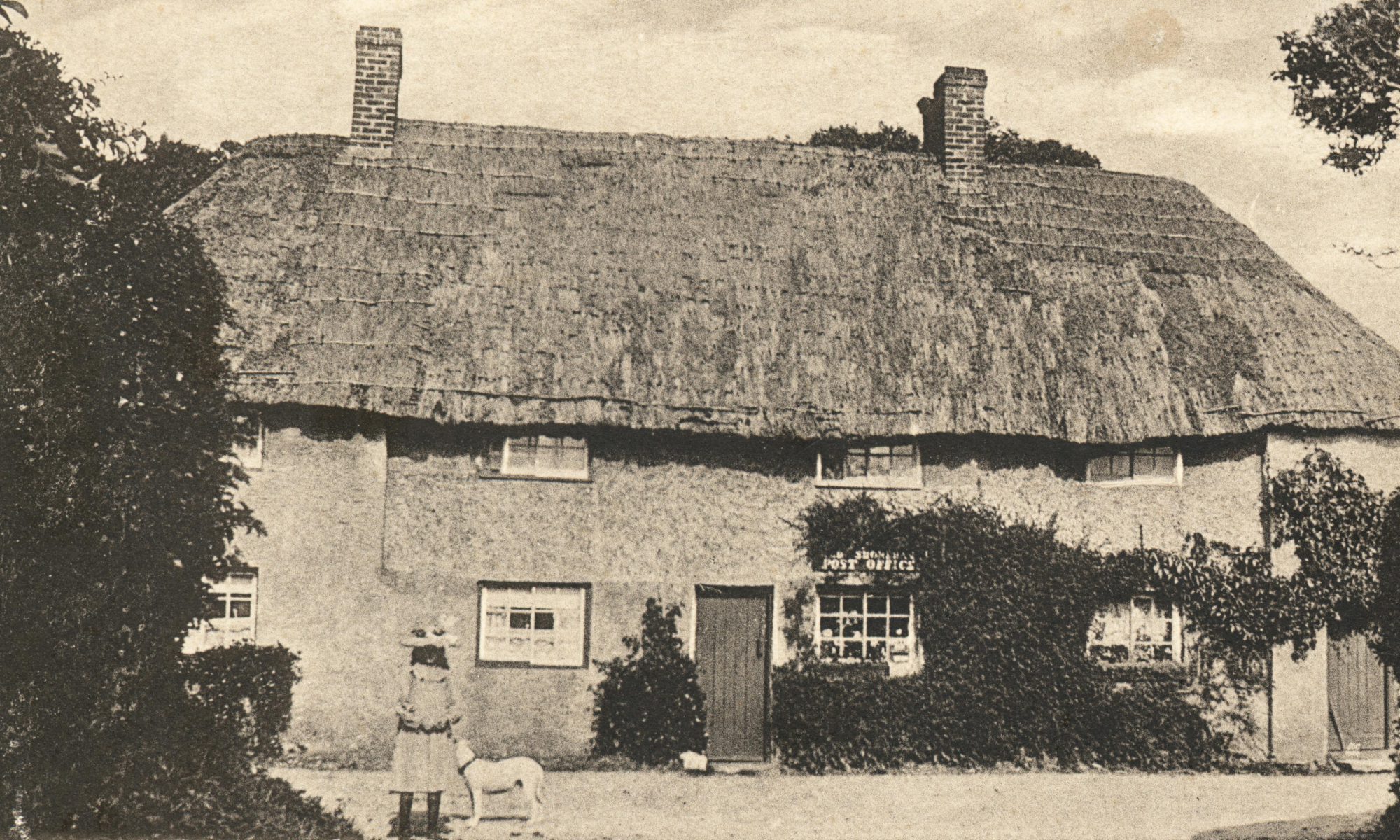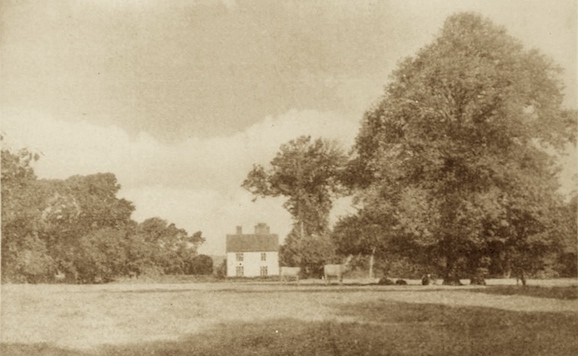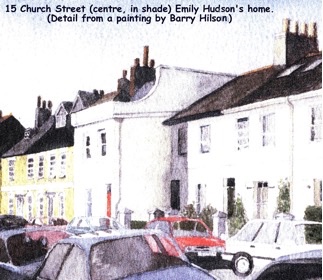Photograph collections left to us by Shoreham folk inevitably involve the family of the donor. Occasionally though, some photos are included that relate to other families and over the years these have built up. There are now enough of these to be able to illustrate the lives of a handful of these lesser known individuals:- Continue reading “More Shoreham Characters”
Shoreham’s War
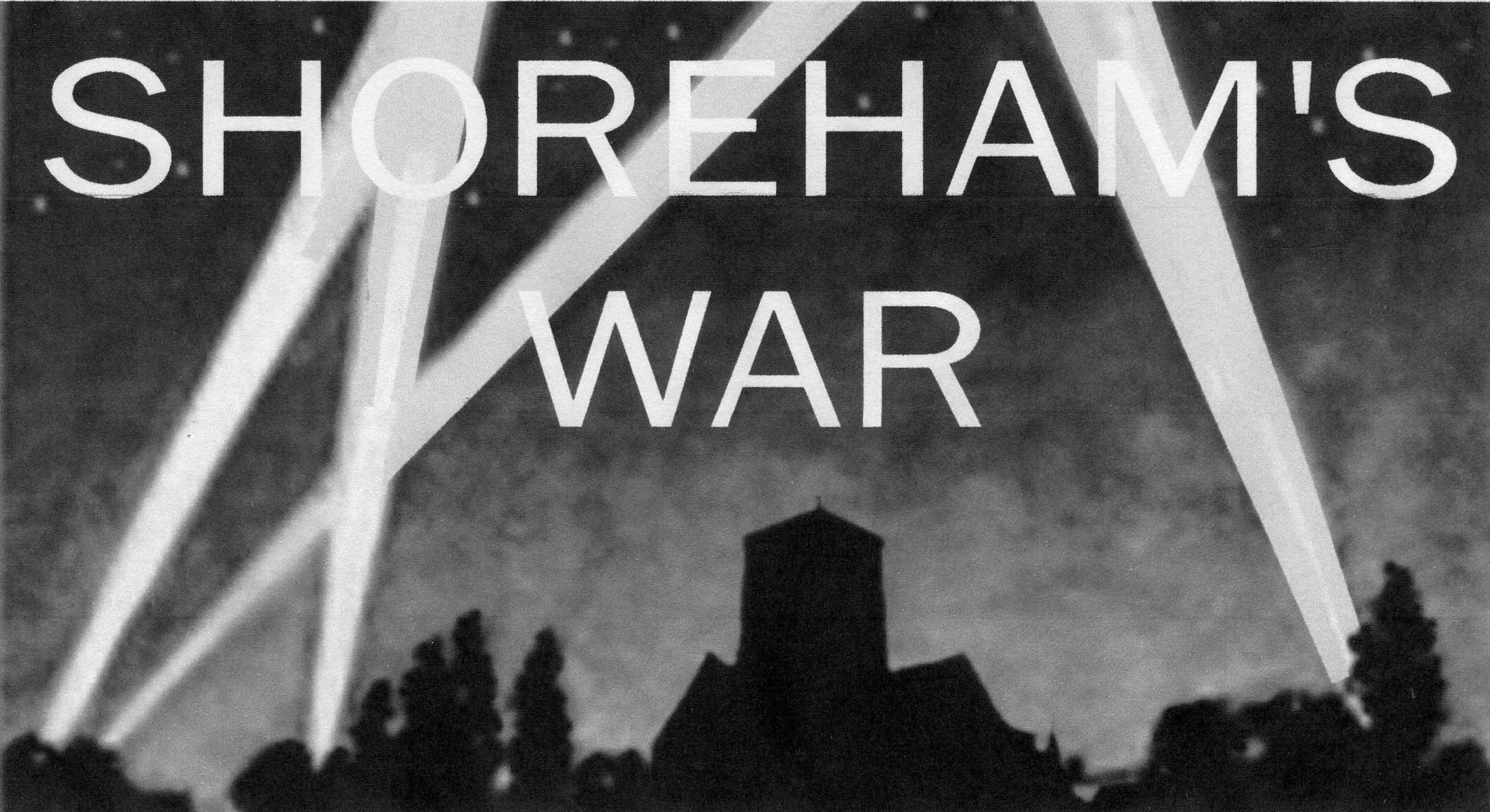
A unique record of Shoreham’s war as seen through the eyes of the people that lived through it. Probably the most complete record to date of wartime edited from the reminiscences of many contributors to the shorehambysea.com web site history forums and others, in particular Gerald White (whose article ‘Shoreham in World War 2 – A Diary of Events’ has provided much general information for the background of this record) and John Lyne who were both near neighbours in Connaught Avenue. Special acknowledgment is also due to Peggy Bailey a Shoreham Beach resident, Cynthia Bacon once of Swiss Gardens for her memories and photos and to Brian Bazen who lived in Eastern Avenue whose reminiscences in full can be seen on ‘Britain at War’ at Telegraph.co.uk Continue reading “Shoreham’s War”
The Opening of the Shoreham Branch Railway
The Opening of the Shoreham Branch Railway Line 1840
It is not generally appreciated (except by railway history enthusiasts) that before the formation of the London, Brighton and South Coast Railway proper (1846), the railway line to Shoreham (initially the line ended here and was not extended to Worthing until 1845) was the first part of the then London & Brighton Railway to be opened (1840) for traffic – one year before the line from Brighton to Haywards Heath and eventually to London. Continue reading “The Opening of the Shoreham Branch Railway”
The Opening of the Shoreham Branch Railway Line 1840
It is not generally appreciated (except by railway history enthusiasts) that before the formation of the London, Brighton and South Coast Railway proper (1846), the railway line to Shoreham (initially the line ended here and was not extended to Worthing until 1845) was the first part of the then London & Brighton Railway to be opened (1840) for traffic – one year before the line from Brighton to Haywards Heath and eventually to London. Continue reading “The Opening of the Shoreham Branch Railway”
The Vinery
The Vinery, 1 – 3 St.Mary’s Road, Shoreham
-what fate awaits this rare architectural gem?
During the 20th century the name ‘Vinery’ had long since been associated with the house itself but in fact originated from the covered walkway that once stood between the road and the front door of the property. The house has been variously described as having been built in the late Regency period or the second quarter of the 19th century and was a large building situated to the east of and adjacent to St.Mary’s House on the north east corner of the graveyard. It was a building of two houses – in total known as ‘Brighton House’ in the 1870’s but by the 1890’s the west half became known as ‘The Vinery’ with the other half retaining the original name. Continue reading “The Vinery”
Blind Fanny Winton
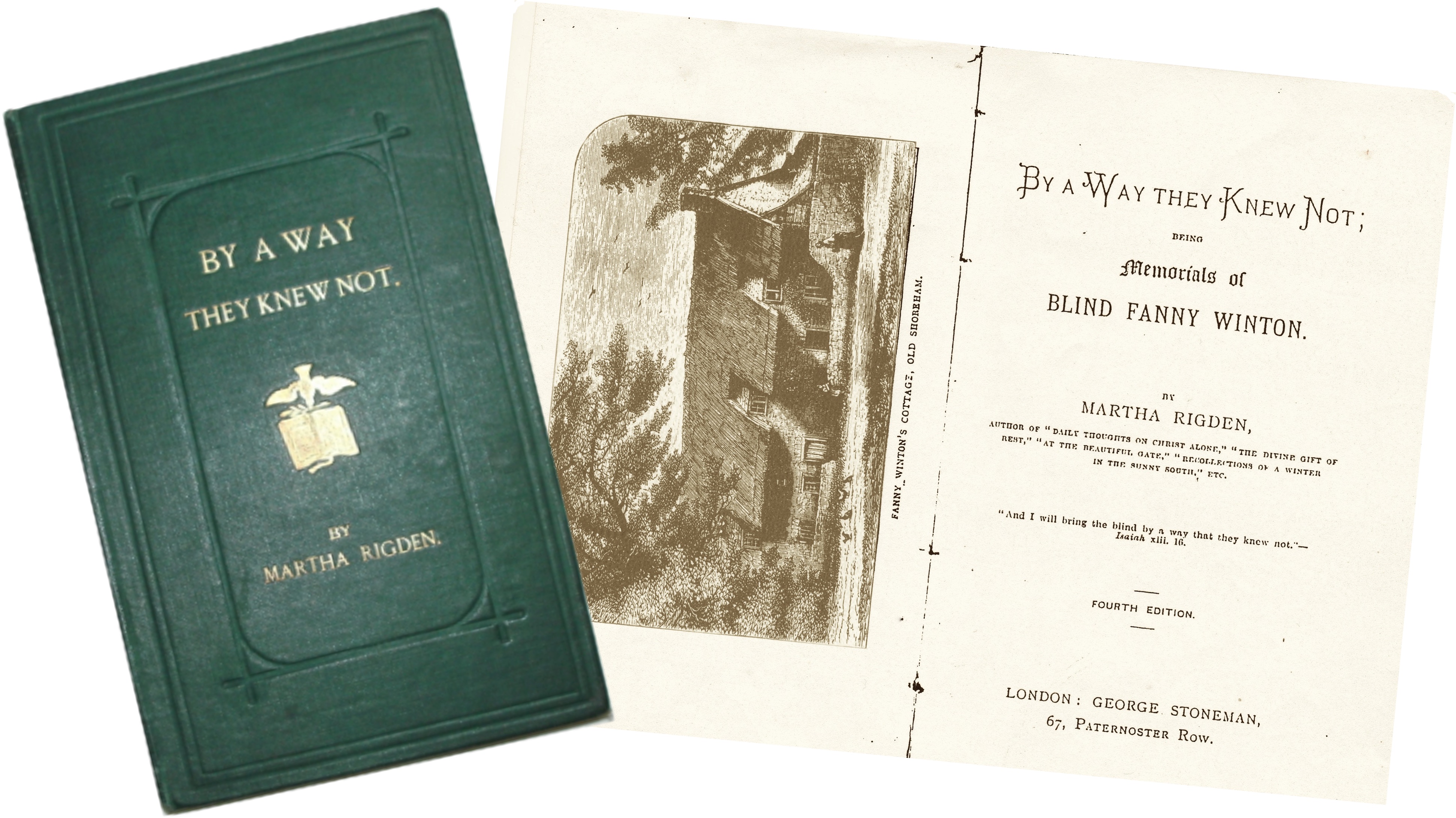
I’ve known about Old Shoreham’s blind Fanny Winton for many years but never got round to reading Martha Rigden’s account in her 1873 book ‘By A Way They Knew Not.’
In clearing some old papers recently I discovered this anonymous resume of the book that condenses Fanny’s story of a hard life, going blind, travelling to Brighton for (somewhat harsh) treatment, bedridden for 30 years etc., and also tells us a little of the area and the people in it.
Bungalow Town Property Map 1935
Bungalow Town 1935 Property Map, Shoreham by Sea (inc. 1901 properties and 1912 map)
A List of Property Names and Plot Numbers from the 1935 Map of Bungalow Town
(in numerical order and alphabetical order)
Whilst the map is noted in Shoreham Library as 1935, discrepancies with the 1935 Street Directory suggest this map may be of another year. Street directories for some of the years in the 1920’s and 30’s provide postal numbers and occupants within street as well as a few years where the alphabetical order of house names is also provided. This listing provides a property number list and an alphabetical list only in respect of the properties on the map will not always correspond with properties of an earlier or later year.
Continue reading “Bungalow Town Property Map 1935”Swiss Gardens in 1858
Swiss Gardens in 1858
Shoreham’s Swiss Gardens as described in its heyday including the delightful sketches made at the time supplemented by further images from the collections of the Shorehambysea.com web site. The anonymous author of this article writes in typical Victorian journalese that is seemingly influenced by Charles Dickens’ comic descriptions of people and their names. He (the author) pokes fun at the people visiting the gardens (e.g., the British Sweetheart and his Adored One), the buildings and exhibits (the observatory looking like a “Brobdignagian wheat sheaf or stack of scaffold poles”; a museum of mixed early English with railway station architecture containing an uninspiring shark’s backbone and walrus tusk) but seems honestly impressed with other aspects such as the hot water laid on from spouts set into a wall, the slide shows, the commodious theatre and impressive gardens.
The beginning of this piece starts with Brighton but is also worth reading as it includes mention of Brighton personalities and places. It also includes an astute observation of the London trippers that came down by train for their day out looking for cheap entertainment (a description that rings true even now) and ultimately finding this at Shoreham.
Continue reading “Swiss Gardens in 1858”Mills, Millers & Millwrights
Windmills were once quite common although Sussex was perhaps home to more mills than many other counties. During the 18th century in the surrounding areas around Shoreham alone there was one each at Lancing, Beeding, and Southwick with three at Portslade if the ones at Copperas Gap and Fishersgate are included.
Ashcroft
Ashcroft was situated in the region then known as Kingston Buci, now Kingston by Sea. The Manor House was acquired by William Gorringe in the early 19th century and ‘Ashcroft’ was built in the grounds of the Manor House as a home for one of the younger sons.
Emily Hudson
Emily Winifred Elizabeth Hudson 1914 – 2005
Family History and Reminiscences of a Shoreham Resident
Emily Hudson is descended from the Pages (on her mother’s side) and the Clements, both long standing Shoreham families.


